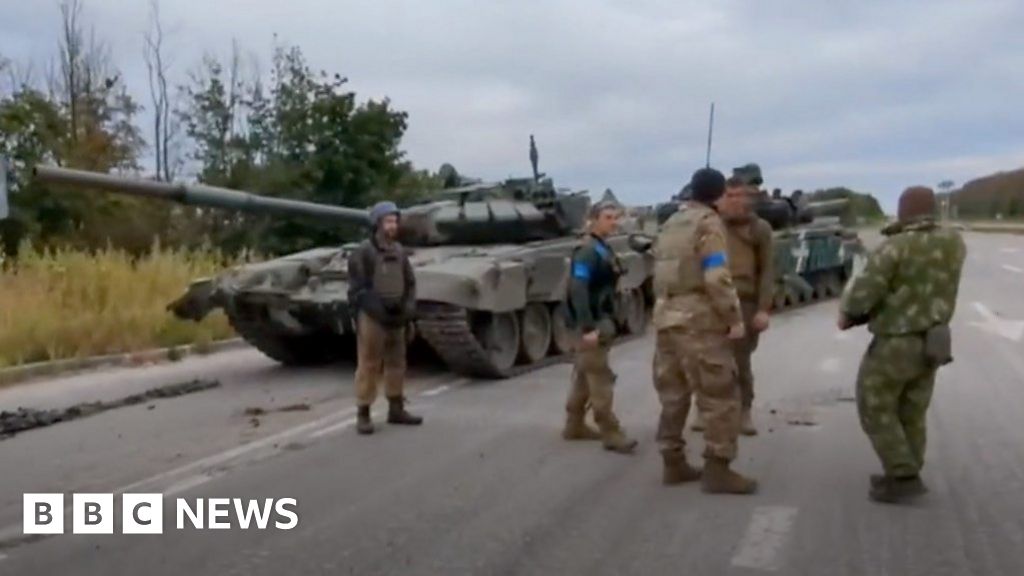Ukrainian Balakliya-Kupyansk Offensive: Sequence of Events, Mechanics and Consequences
September 13, 2022 07:32 PM Age: 12 seconds
Ukrainian forces’ Balakliya-Kupyansk offensive operation (September 6–12) could likely be treated as the turning point in the all-out Ukrainian-Russian war—when Ukraine gained the initiative. In approximately one week, Ukraine liberated more than 6,000 square kilometers (km) of its sovereign territory in Kharkiv region—much more than Russia has managed to occupy since mid-April 2022 (
President.gov.ua, September 12). Although an unexpected turn of events for the majority of observers, the offensive was not a miracle but rather a simultaneous demonstration of Russian forces’ growing degradation and Ukrainian formations’ improved professionality and exceptional staff work, as successful counteroffensives are some of the most challenging maneuvers.
The Balakliya-Kupyansk offensive followed a template of classic World War II operations. It consisted of two distinct phases: penetration of the enemy’s tactical defense in depth and exploitation of penetration with a follow-on echelon. During the penetration phase (September 6–7), Ukrainian forces managed to breach the Russian front line to the north and northeast of Balakliya—near Verbivka and Volokhiv Yar (
Nv.ua, September 7). Through this hole in Russia’s defenses, an exploitation echelon of Ukrainian forces was directed toward the Shevchenkove-Kupyansk axis through the critical P07 roadway (
Institute for the Study of War, September 8).
On September 9, forward Ukrainian units reached Kupyansk—a major railway and road hub that Russian forces in Izium extensively depended on (
Nv.ua, September 9). As Ukrainian forces were reaching Kupyansk, separate formations moved to the southeast along the Oskil Reservoir, liberating crossings (Senkove and Horokhovatka) that were considered passages the Russian Izium grouping might use for an orderly withdrawal (
Institute for the Study of War, September 9). As a result, Russians in Izium fled the scene on September 10, leaving the majority of their heavy weaponry and ammunition intact as spoils of war for Ukrainian forces (
Pradva.com.ua, September 10;
Bbc.com/ukrainian, September 13). Next, Ukrainian forces turned northward and liberated Velykyi Burluk and Vovchansk near the border with Russia by September 12 (
Zaxid.net, September 12).
A number of outcomes in the Balakliya-Kupyansk offensive operation are especially noteworthy. First, the speed with which Ukrainian forces managed to penetrate Russia’s tactical defense in depth was quite impressive. This might be explained by the fact that Russians lack proper manpower to create so-called “defense in depth.” The front line was thinly manned with Special Rapid Response (SOBR) units (falling under
Rosgvardia), which were primarily created to combat organized crime and terrorism and definitively not for high-intensity interstate warfare (
EurAsia Daily, September 9). Meanwhile, Ukraine created a preponderance of forces at sectors of prospective front-line penetration.
Second, the agility of Ukrainian forces’ advances during the exploitation phase was another masterful success. This can be largely explained by Moscow’s significant lack of ready reserves—with many of the Russian forces directed to southern Ukraine anticipating an offensive there. At the same time, Russian forces in Izium were pinned down by Ukrainian frontal assaults (near Lyman), which prevented the grouping from being redeployed toward Kupyansk (
UNIAN, September 10).
Third, Ukrainian forces during the exploitation phase emphasized swiftness of movement along major roads to quickly reach Kupyansk, rather than liberate settlements along the way; as such, Balakliya was fully secured by September 8 (
Ukrinform, September 8). Through expeditious maneuvers, Ukrainian units managed to isolate the zone of operation and sever major ground lines of communication (GLOCs) for orderly withdrawal, creating panic among Russia’s rear forces and causing them to flee without heavy weaponry and ammunition.
Finally, the direction of Ukraine’s major flanking strike was chosen quite wisely. Through the strike to the north-northeast of Balakliya toward Kupyansk, Ukraine threatened the Izium salient to the southeast of Balakliya and, by this single stroke, unhinged the entire Russian front line in Kharkiv region. Meanwhile, owing to the fact that the Oskil Reservoir limited Ukrainian advances and protected offensive forces from hypothetical Russian countermeasures, as well as limited options for Russian units’ organized withdrawal from Izium. In other words, Ukrainian military command managed to exploit geography features and front-line configurations to its advantage.
With the Balakliya-Kupyansk offensive, Ukrainian forces demonstrated the advantages of maneuver warfare (
bewegungskrieg). Swiftness of action along major lines of communications—Ukrainian forces covered 75 km toward Kupyansk in three days—led to the complete collapse of the Russian front line and unorganized withdrawal of units. The offensive’s accomplishments are especially impressive in light of the fact that Ukrainian forces are still grappling with a deficit of critical artillery and armor and lack air superiority, which is considered an essential requirement for any successful offensive operation.
Moreover, the Balakliya-Kupyansk offensive stands in stark contrast to Russian attempts to advance in Donbas since April 2022. Despite a preponderance of firepower and numerical advantage in armor, Russian units failed to quickly penetrate Ukraine’s tactical defense in depth in numerous places, and the exploitation echelon was unable to encircle and destroy major Ukrainian groupings or cause them to flee. In truth, all Russian forces managed to do is slowly push Ukrainian forces from Popasna, Severodonetsk and Lysychansk.
In its offensive operation, the Ukrainian side recovered most of the lost territories in Kharkiv region. At the same time, the threat of a Slovyansk envelopment was removed as the Izium salient hovering over this city has been reduced to zero. Ukrainian forces proved to be masters of maneuver warfare and operational art despite such objective constraints as lack of artillery, armor and piloted aviation. Most of all, the Balakliya-Kupyansk offensive was a major strategic coup for Kyiv, as successful actions on the ground debunked the consensus that the Ukrainian-Russian war will be a protracted stalemate in which neither side is able to attain key political objectives by major offensive operations (
The Bell, August 26). Kyiv is quickly demonstrating that it is increasingly possible for Ukrainian forces to recover all the briefly occupied territories and win this war.


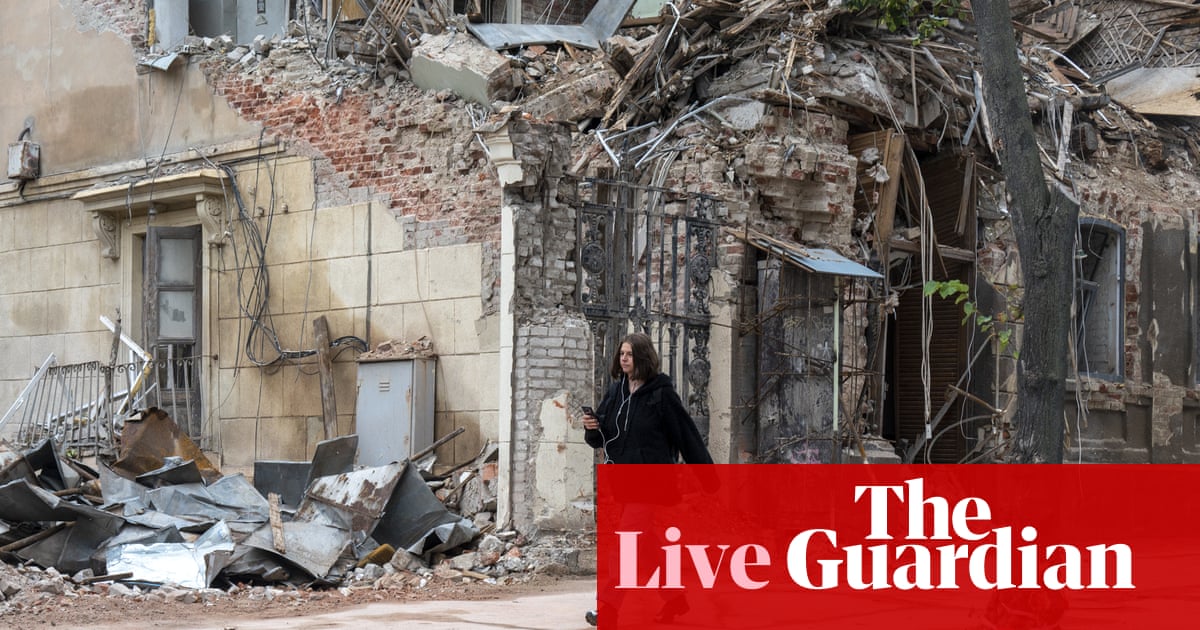



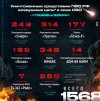
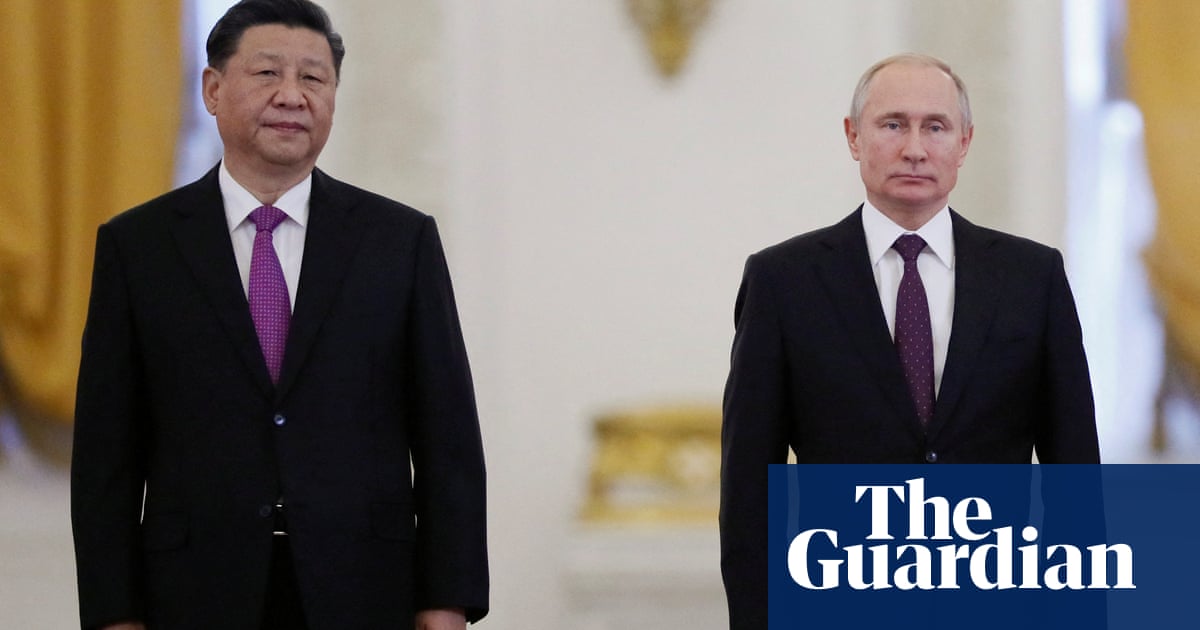

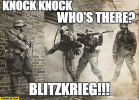
 Jatkosodan hyökkäysvaiheessa Suomi valloitti n. 90.000 km2 alueen 25.6-19.9 eli n. 1.000 km2/vrk mikä vastaa Ukrainan etenemistahtia.
Jatkosodan hyökkäysvaiheessa Suomi valloitti n. 90.000 km2 alueen 25.6-19.9 eli n. 1.000 km2/vrk mikä vastaa Ukrainan etenemistahtia.
